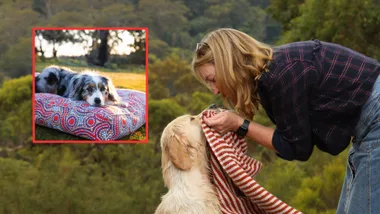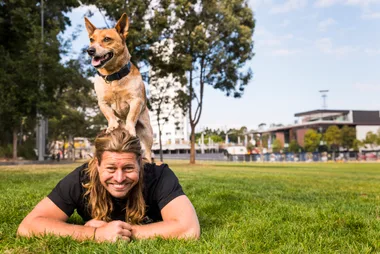By Lucy Hine
A quick learner, eager to please, gentle and non-aggressive ? the Labrador is one of the most popular dog breeds in the world and a great family pet. The Labrador is a well-adjusted and adaptable dog that can just as easily be the devoted companion of an elderly person as a children’s playmate or family pet.
It’s not certain where the Labrador originated but two types of dog were known in Newfoundland ? a large, heavy dog used to pull boats into land and a lighter, smoother coated variety used by fisherman to retrieve game and fish. In 1812 the larger breed was known as Newfoundlands and the smaller as the lesser Newfoundland or Labrador. In 1814 Labradors were taken to England where the breed quickly became regarded amongst hunters as the best breed to take out shooting.
The colours of a Labrador’s coat range from the golden “yellow” colour and a light cream through to a red fox shade. Other common colours are black, liver or chocolate, with a small white spot on the chest allowed.
The Labrador’s coat is reasonably hard, short and dense, without any waves or feathering and has a weather resistant undercoat. It’s an easy coat to groom. The tail is thick at the base, medium in length and becomes narrow at the tip. The tail is also densely coated with short, thick hair, giving the Lab its characteristic “otter” tail.
The ideal height for a male Labrador is 56-57 cm and 54-56 cm for females.
Personality traits such as a keenness to learn and a willingness to please make the Labrador an ideal choice as a guide dog for the blind. Labrador puppies live with a family for the first twelve months of their life and are then taken to the Guide Dog School for intensive training where they are then matched with a compatible owner. Guide dogs wear a harness which they use to communicate their movements to their handler, and the handler gives the dog different commands which allow it to know whether to take its handler to places such as the bank or bus stop. When wearing the harness the dog is actually working, which is why they act responsibly and seriously, however when the harness is removed a guide dog can behave normally. You should never try to pat a guide dog when it is wearing its harness.










